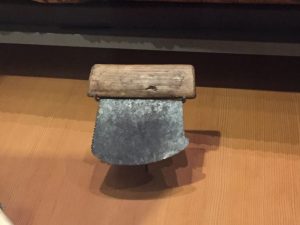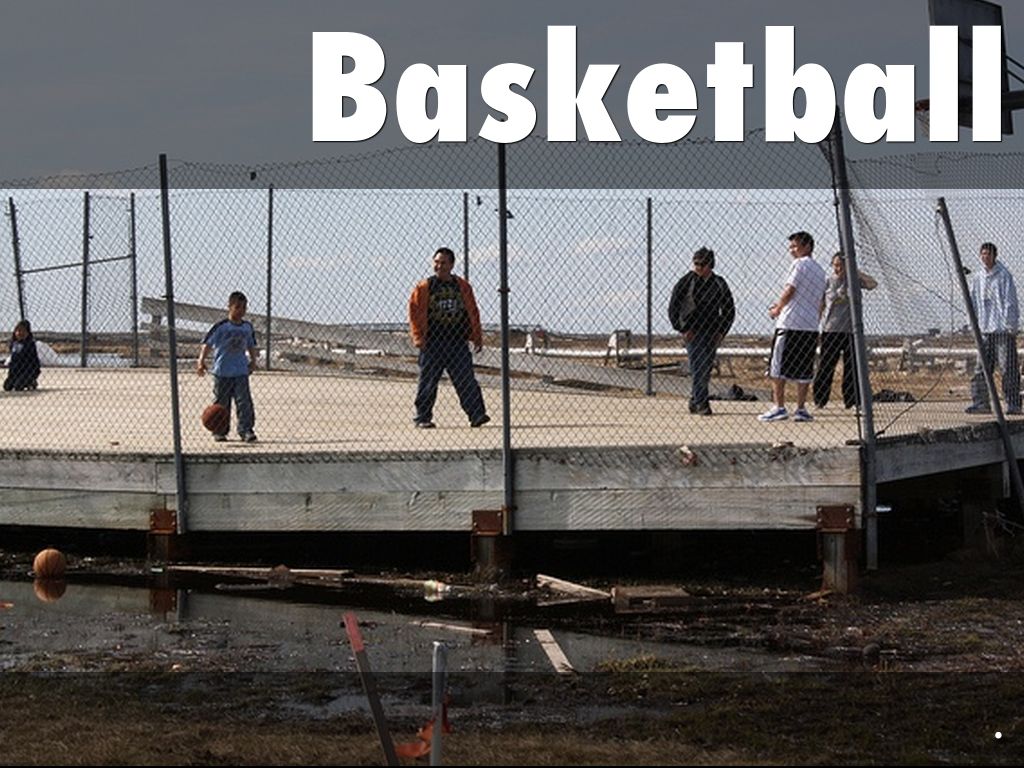I appreciate how our program here is saturated with the recognition of Tlingit culture. When I first attended Kenai Peninsula College in 2006, the only time the Dena’ina culture was acknowledged was during graduation. In 2009, Alaska Native Oratory Society was introduced to the college, which allowed the Native students to share songs or stories based on Alaska Native values. A rural and Native student liaison was then hired a few years later, a position that encourages the students to build relationships with the local tribe members. KPC has come a long way in recognizing the local culture.
I believe inviting the elders to speak and attending a local Native youth camp are excellent examples of culturally responsive teaching. I’m grateful for the three elders who were willing to come share about their lives. I’m also grateful that the local camp allowed us to come and interview the students and staff and participate in their Tlingit dancing.
One of the campers I interviewed stated that being Tlingit is hard because not everyone accepts them, but that hasn’t stopped her from Tlingit dancing and using her language. She doesn’t want to be the one to blame when her Tlingit culture is lost, so she will do what it takes to keep it alive.
I also interviewed one of the staff members who has a son that attended camp for the past few years. Prior to attending camp, her son constantly struggled to keep his grades up in school. He also didn’t like who he was around other people. But attending camp has allowed him to find his identity and do his best in school. His grades have been excellent ever.
Even though I grew up in rural Alaska, this was my first time seeing a math and science lesson concentrated on the local culture. This certainly is giving me ideas on how I can possibly teach in the coming years. I’m sure it’s going to take a lot of preparation and will certainly need to connect with the local elders to make sure the lessons are accurate.


